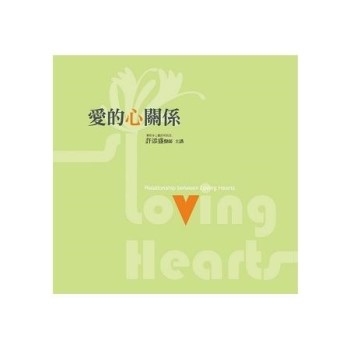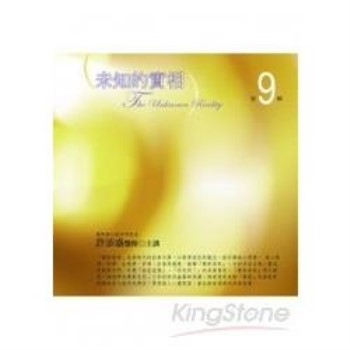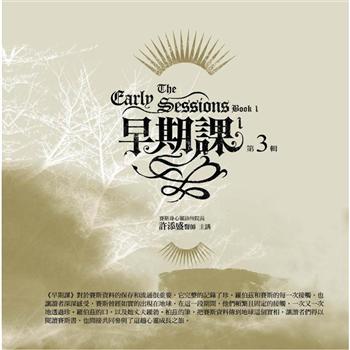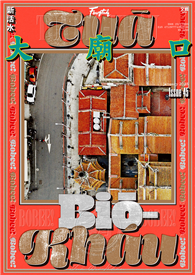This book highlights the intimate relationship between landscape and portraiture in the work of the Austrian Expressionist artist Egon Schiele (1890-1918).
Plants, natural environments, and townscapes determine the spaces Egon Schiele created in his paintings, and they also reflect the rich symbolism he employed that is centered around the human condition. In particular, plants are often endowed with an allegorical meaning. Flowers and trees assume the role of portrait subjects and convey an almost human appearance. Schiele’s landscapes always represent more than their apparent subject matter. His portrayal of nature and his rendering of towns and trees epitomize the life cycle and the human condition.This catalogue, accompanying a spectacular exhibition on view at the Neue Galerie New York, will investigate the importance of landscape in the artist’s work. The contributing authors are internationally distinguished experts on Schiele’s landscapes and representatives of museums and universities in Europe and the United States.












